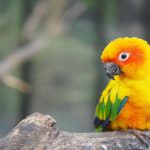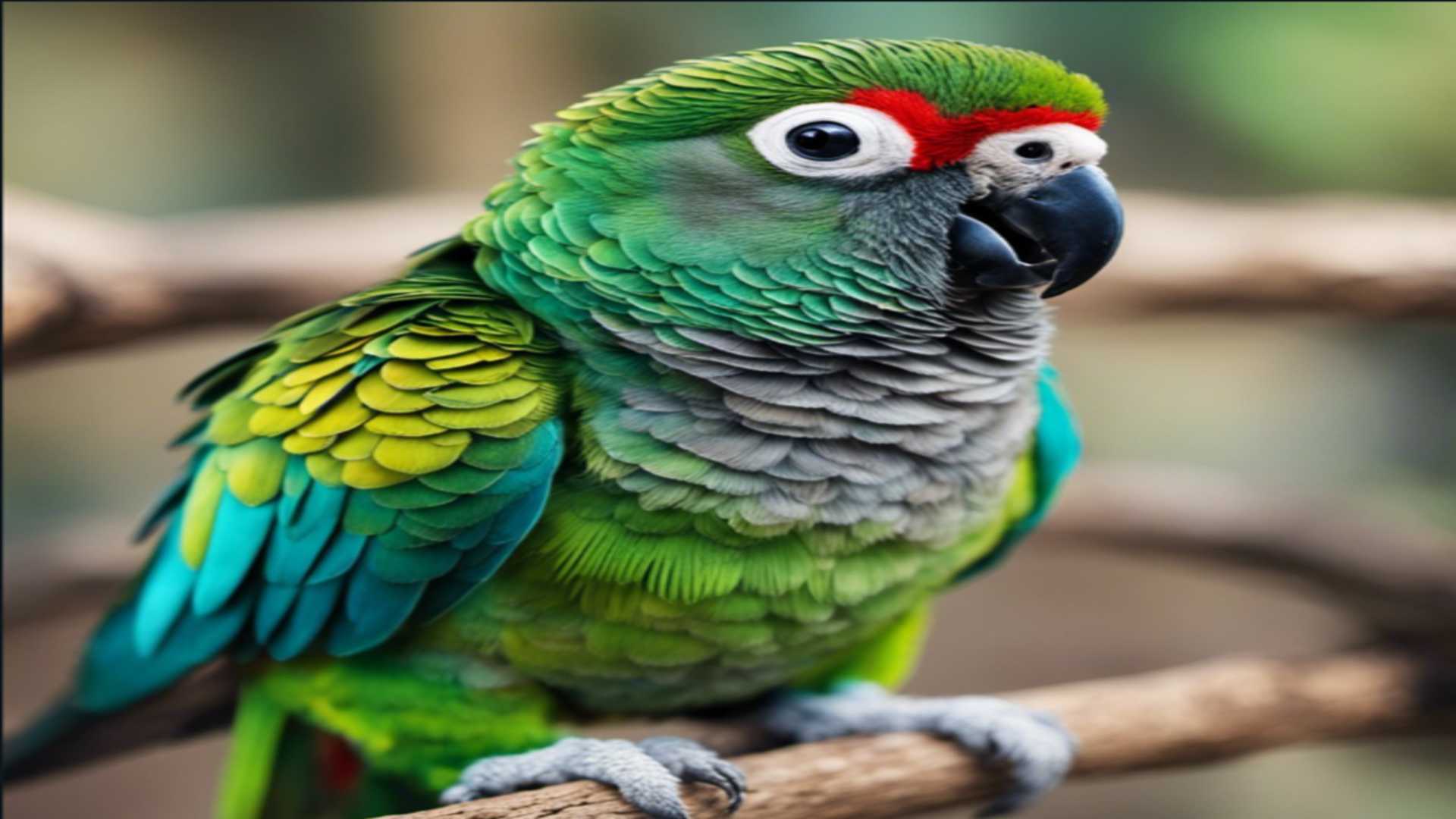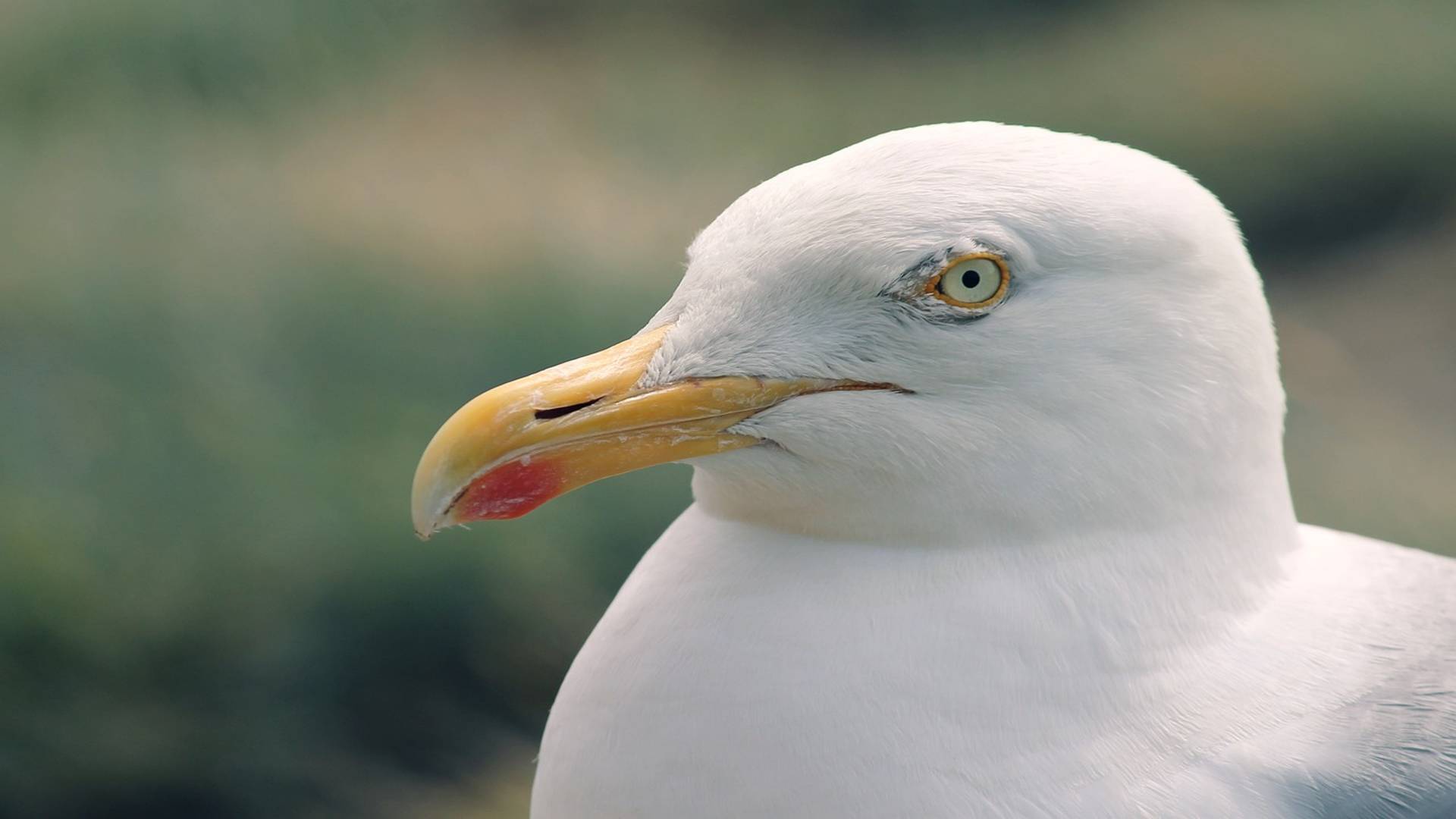As a bird owner, I know it’s important to understand the natural cycles of my feathered friend. One of the most common questions I get asked is when do conures molt?
Conures usually start molting after the breeding season, which is from February to early March. However, the age of a conure when it gets its first molt can vary a lot, with some getting their first molt as early as five months and as late as 12 months.
Molting is a natural process that all birds go through, but it can be a bit confusing for new owners.
In this article, I’ll share my knowledge and experience on the topic to help you understand when and why your conure will molt.
So, If you’re curious to discover more about the signs of molting, keep reading for some valuable tips!
What is conure molting?
As a bird enthusiast, I have learned that molting is a natural process in which birds shed their old feathers and replace them with new ones. Conures, like many other birds, go through this process periodically.
The old feathers fall out during the molting process, and new ones grow in their place. This process can take several weeks to months, depending on the bird’s species and age.
Conures typically molt once or twice a year, and the molting period can last from a few weeks to a few months.
It is essential to note that feather plucking is not the same as molting. Feather plucking is a behavior in which birds pull out their feathers, usually due to stress or boredom. On the other hand, molting is a natural process that happens to all birds.
During the molting process, conures may have bald patches on their bodies due to the shedding of old feathers.
This is normal and nothing to be concerned about. However, if you notice your conure excessively plucking its feathers, it may be a sign of stress or illness, and you should consult a veterinarian.
When is conure molting season?
Conures usually molt during the spring season, which is the time of year when the days get longer. This is because the lengthening daylight hours trigger their circadian rhythms, stimulating their hormones and initiating the molting process.
The duration of the molting season varies from bird to bird, but it typically lasts for a few weeks to a few months.
During this time, conures may appear scruffy and disheveled as they shed their old feathers and grow new ones. They may also become more irritable and less active than usual.
Keep in mind though, that not all conures molt at the same time. Some may molt earlier or later than others, depending on factors such as their age, health, and environment.
Some conures may molt more frequently than others, especially if they are younger or have a higher metabolism.
When conures begin to molt, they may look scruffy and disheveled as the old feathers fall out.
How long does conure molting last?
The duration of a conure’s molting period can vary significantly, depending on the bird’s age and species. Generally speaking, molting periods may last anywhere from a few weeks to several months.
Young birds are more likely to molt more frequently than older birds, as they experience more rapid growth and development. Some species of conures may molt more often than others due to their specific needs and behaviors.
During the molting season, it is important to provide your conure with a balanced diet that contains plenty of calcium and other essential nutrients.
This will help them grow healthy new feathers quickly and efficiently.
Also, make sure that you give your bird plenty of rest during this time, as molting can be a stressful experience for them.
When do conures have their first molt?
Conures typically have their first molt when they are around 3 to 4 months old. This first molt is usually a partial molt, where they will shed some of their downy feathers and replace them with juvenile feathers.
As they continue to grow and mature, they will experience additional molts, which will help them develop their adult plumage.
Factors affecting conure molting
When it comes to conure molting, there are several factors that can affect the process. As a bird owner, it’s important to understand these factors to ensure your pet stays healthy and comfortable during molting.
Here are some of the most important factors to keep in mind:
1. Environment
The environment in which your conure lives can have a significant impact on its molting process.
If your bird is exposed to excessive heat or cold, it may experience stress that can slow down or disrupt the molting process.
It is crucial to maintain a comfortable temperature and humidity level in your bird’s living space to ensure that it stays healthy and comfortable.
2. Diet
A nutritious diet is essential for healthy plumage and successful molting. Your conure’s diet should include a variety of fresh fruits and vegetables, as well as high-quality protein sources.
A lack of nutrients can lead to feather loss and other health problems, so please ensure to provide your bird with a balanced and nutritious diet.
3. Age
As conures age, their molting patterns may change. Older birds may molt less frequently, and their feathers may take longer to grow back. Be patient and provide your bird with the care it needs as it ages.
4. Stress
Stress can have a significant impact on the molting process. If your conure is experiencing emotional stress or anxiety, it may molt more slowly or experience feather loss.
Providing your bird with a calm and quiet environment, as well as plenty of toys and opportunities for exercise, can help reduce stress and promote healthy molting.
5. Health
A conure’s overall health can also affect its molting process. This is kind of obvious but, If your bird is experiencing health problems, it may molt more slowly or experience feather loss.
Regular visits to an avian veterinarian can help ensure your bird stays healthy and address any health problems promptly.
6. Species
Different conure species may have different molting patterns and requirements. For example, green cheek conures may molt more frequently than other species.
7. Preening
Regular preening is essential for healthy plumage and successful molting. Your conure should have access to plenty of opportunities for preening, including perches and toys that allow it to groom its feathers.
How can you help your conure molt?
There are many ways to help your conure go through this process, for example, you can provide a stress-free environment, nutritious food, and fresh water. You can also provide your conure with a bird bath or misting to help them clean their feathers and ease any discomfort during molting.
I find particularly interesting a quote from a Reddit user, perhaps it will also help you get an idea on how to help your feathered friend.
You can preen the feathers on the head yourself once they’re ready to be opened as your bird can’t reach them. I believe baths also help. My bird likes to scratch his head against things like the (dull) metal parts of perches that stick out on the outside so try to offer something that your bird can scratch on to help get rid of the pin feathers in hard to reach areas
Reddit user: Rcandydraws
Summary
Before we move on to the conclusion, we’ve summarized this article into a short list of key points for you to remember:
- They usually molt during the spring season, which is the time of year when the days get longer.
- The duration of a conure’s molting period can vary significantly, depending on the bird’s age and species.
- Factors such as environment, diet, age, stress, health, species, and preening can affect the conure molting process.
Conclusion
That was a quick read.
I hope this article helped you understand how to care for your conure during molting season. If you have any further questions or concerns, please get in touch with an avian veterinarian for assistance.
Thanks for reading.
Want to learn more about conures?
Ready to boost your knowledge to the next level? If so, check out the articles below:
- Do Conures Bite? (Here’s What to Do)
- Are Conures Smart? If so, How Smart Are They?
- Can Conures Get Along With Cockatiels? (Let’s Find Out)





